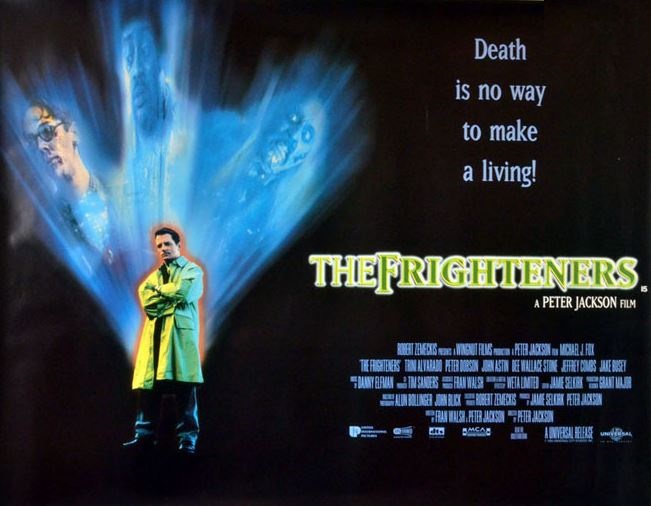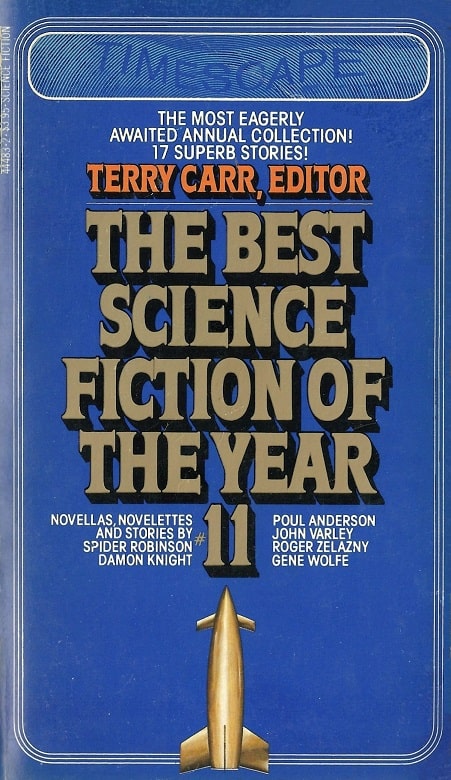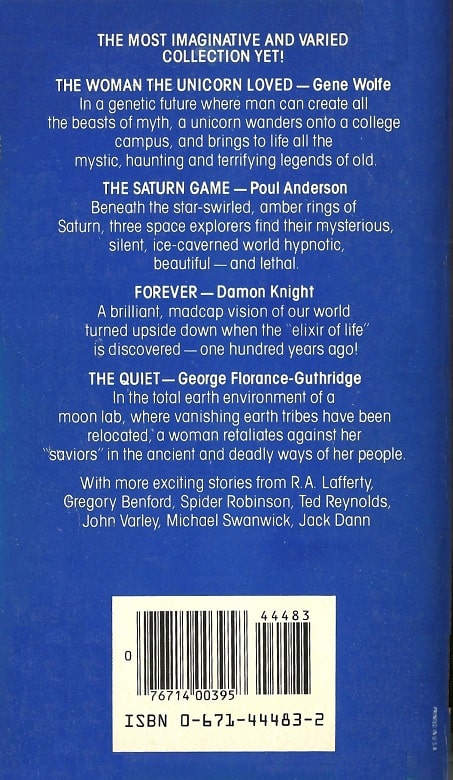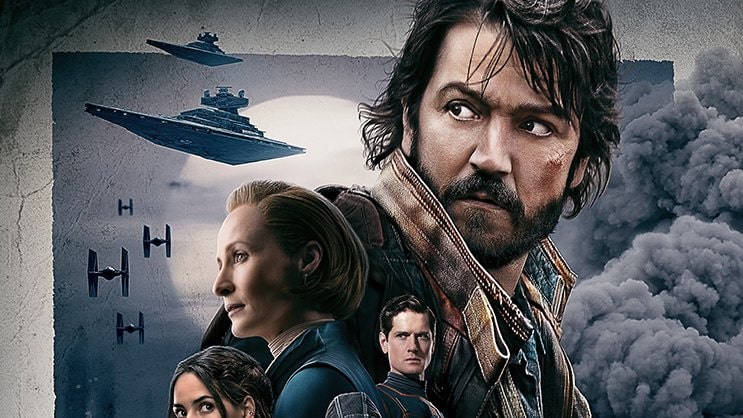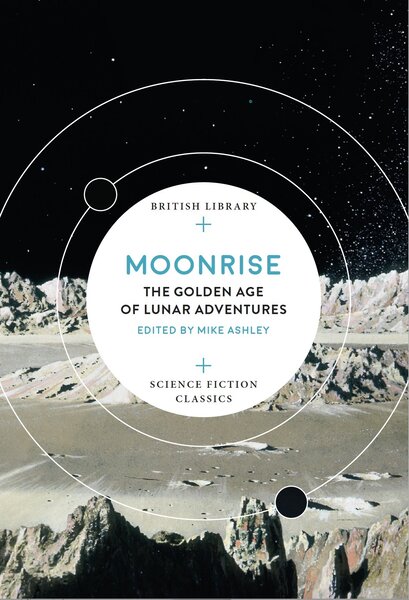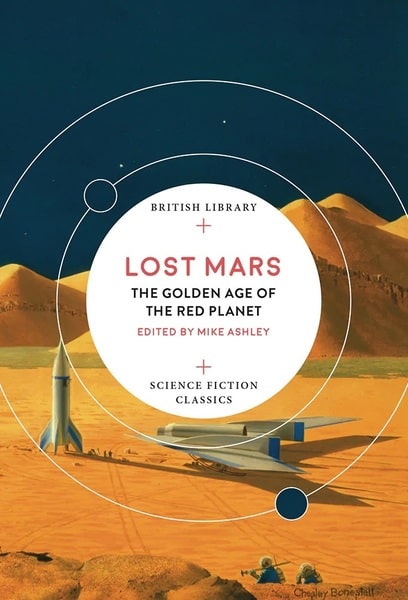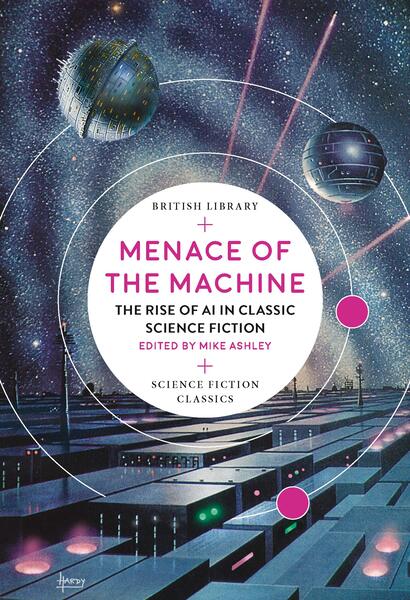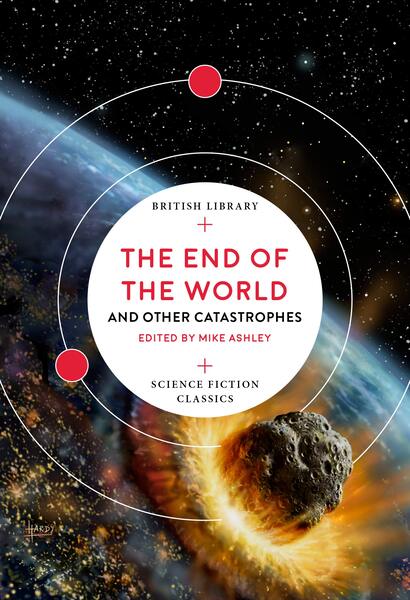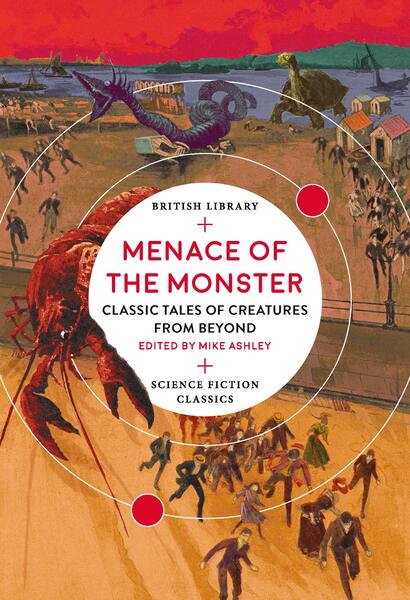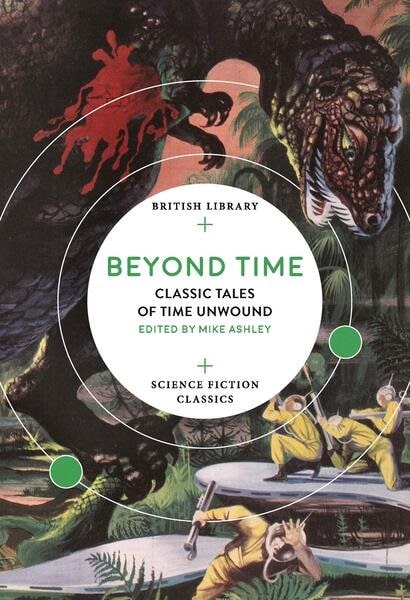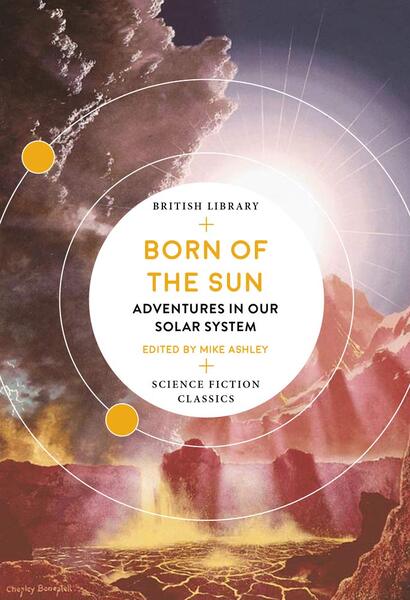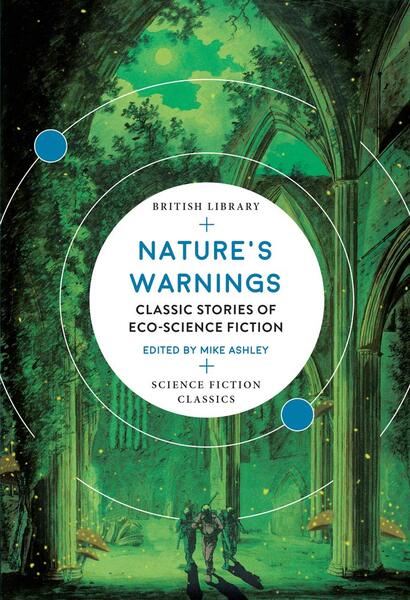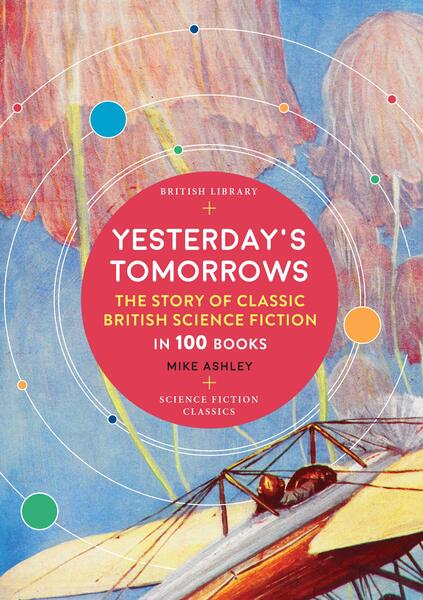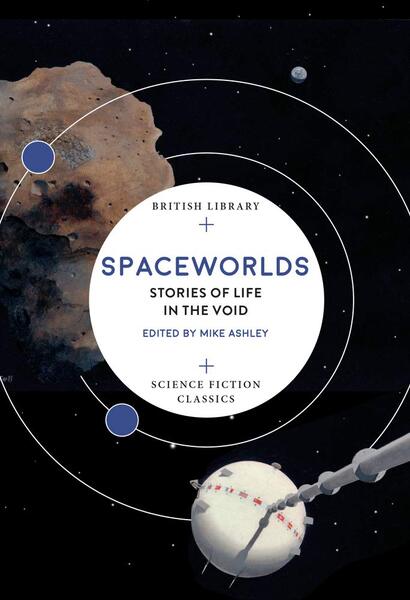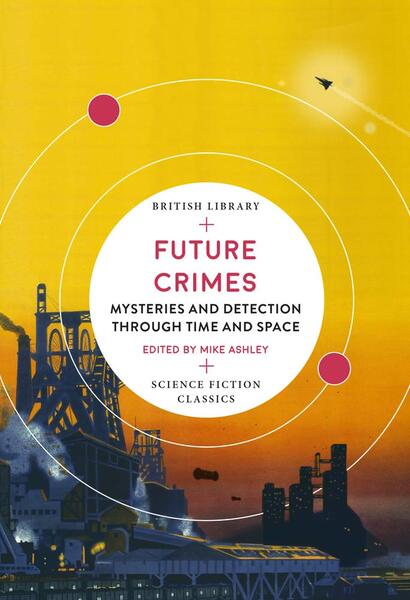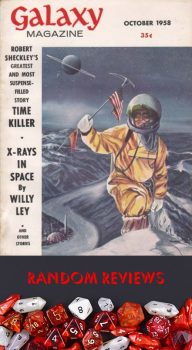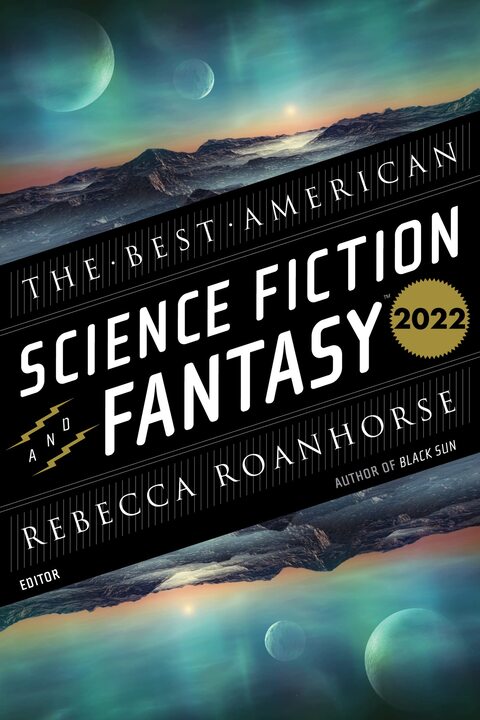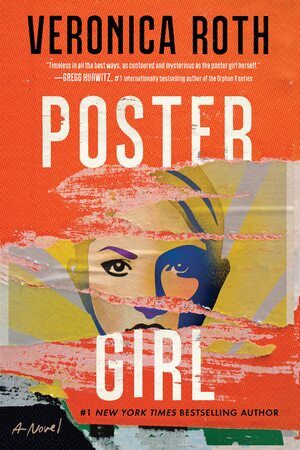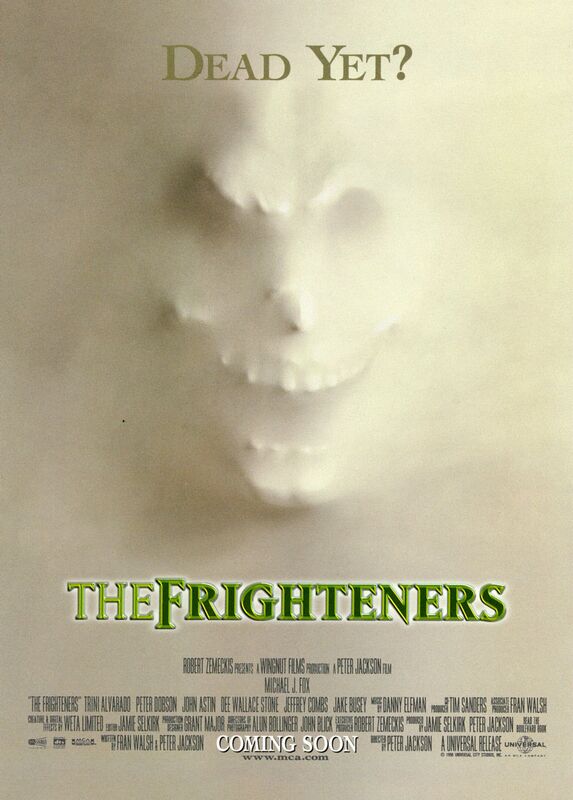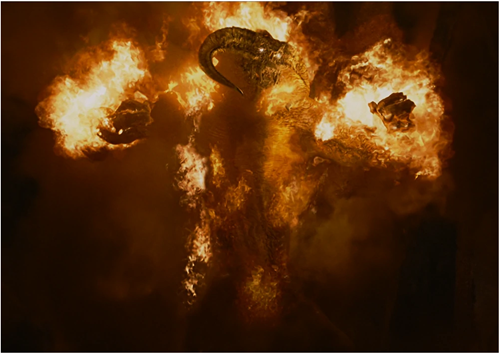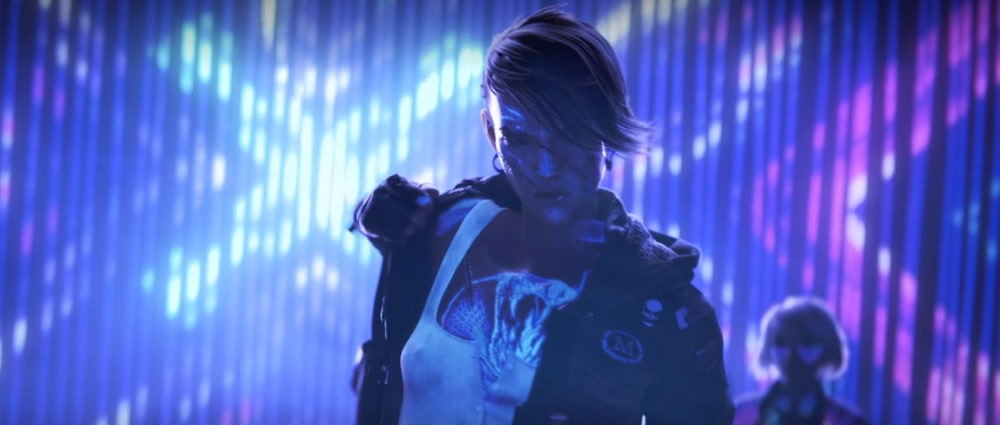The Frighteners: A Re-View in 3 Parts, Part 2: Humor & Horror Examples + A Recap
The Frighteners (Universal Pictures, 1996)
Read Part I: The Real-Life Inspiration here.
I hadn’t seen The Frighteners since it was in the theaters in 1996, until I watched it again last week. Twice. I had drastically different reactions between the second and third viewings.
After my first 2022 re-view, I came away thinking the movie was mainly just paying homage through pastiche to a lot of things. While it had interesting vignettes with diverse tones and styles, it never fully gelled into its own thing. It’s as if it went to a Halloween costume shop, tried on and modeled a dozen different outfits, then later said, “What did you think of my costume?” It was more a fashion show than a full narrative arc.
It was equal parts horror and humor. Often, an equal ratio doesn’t work well. It comes off as a split personality, or two different films sharing a movie reel. This is especially true when the humor isn’t a coping mechanism for the protagonist or an emotional vent for the audience. The humor was there, but it never really served a purpose in the way humor normally does when mixed with horror. The two parts seemed at odds.
